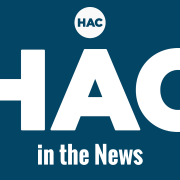Advocates eye farm bill to avert drop in affordable rural housing – CQ Roll Call
Posted April 11, 2023 at 5:00am
Housing advocates are turning to this year’s farm bill in an effort to steer rural communities away from an affordable housing cliff ahead.
Without action from Congress, rural communities stand to lose more than 100,000 affordable rental units in the next decade as federally subsidized loans used to build the apartments are paid off, ending landlords’ obligations to keep rents low. In a second blow for those renters, they will lose their eligibility for the Agriculture Department’s rental assistance.
“It’s a big problem, and it’s going to only get worse,” said Sarah Saadian, senior vice president of public policy at the National Low Income Housing Coalition.
“The heyday or the peak of rural housing was in the ’70s and ’80s, when their rental housing program was nearly a billion-dollar program, and it’s been cut really dramatically over the last several decades,” Saadian said in an interview. “All of those properties that were built at that time are now reaching the end of the maturity on their 515 mortgage, or the 515 loans that USDA provides in order to get those properties built.”
Advocates are pushing Congress to include provisions in the farm bill that would decouple the two programs, allowing the Agriculture Department to provide rental assistance even after a building’s owner has paid off the subsidized mortgage.
“The biggest issue in rural housing is the rapid loss of the 515 units due to mortgage maturity, prepayments, foreclosures. That is the 800-pound gorilla, or really the $31 billion gorilla over the next 30 years to preserve.”



